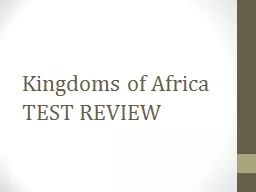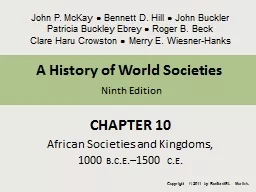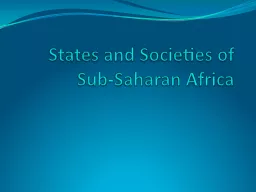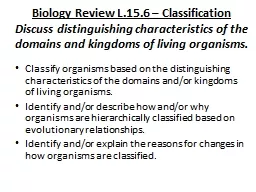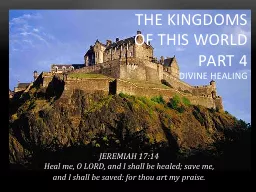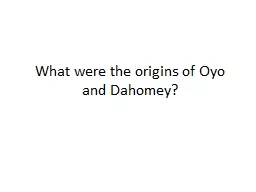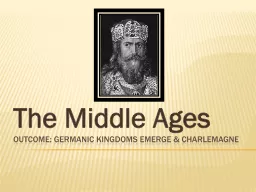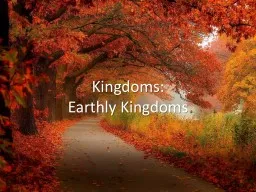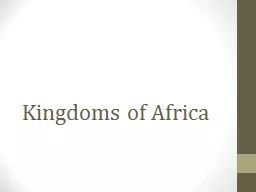PPT-Kingdoms of Africa TEST REVIEW
Author : vizettan | Published Date : 2020-06-25
Ghana AD 750 1200 Made iron swords and tools The Kings of Ghana taxed all trade passing through the region especially the goldsalt trade Rulers and nobles were
Presentation Embed Code
Download Presentation
Download Presentation The PPT/PDF document "Kingdoms of Africa TEST REVIEW" is the property of its rightful owner. Permission is granted to download and print the materials on this website for personal, non-commercial use only, and to display it on your personal computer provided you do not modify the materials and that you retain all copyright notices contained in the materials. By downloading content from our website, you accept the terms of this agreement.
Kingdoms of Africa TEST REVIEW: Transcript
Download Rules Of Document
"Kingdoms of Africa TEST REVIEW"The content belongs to its owner. You may download and print it for personal use, without modification, and keep all copyright notices. By downloading, you agree to these terms.
Related Documents

